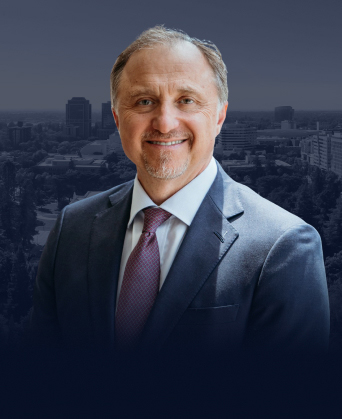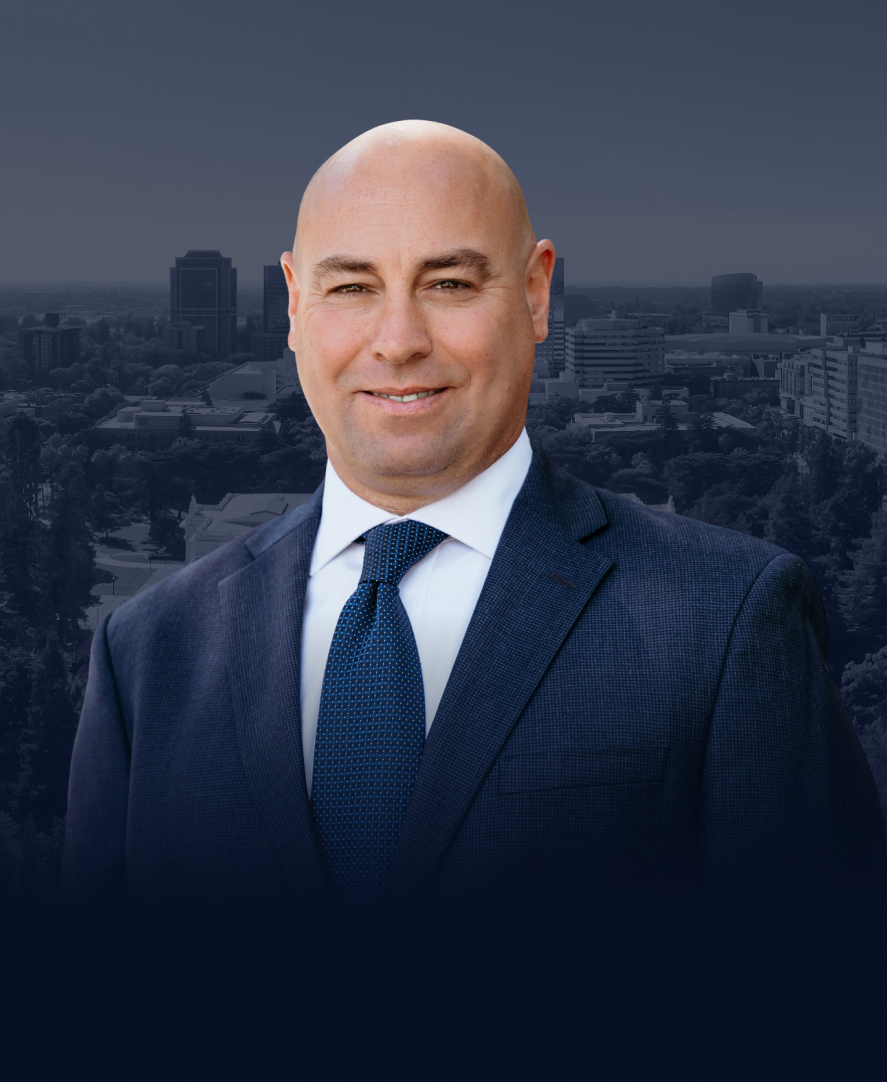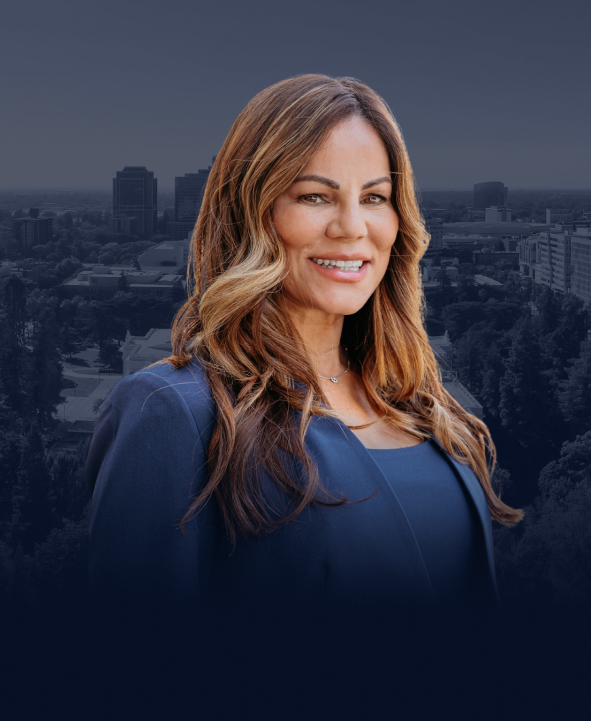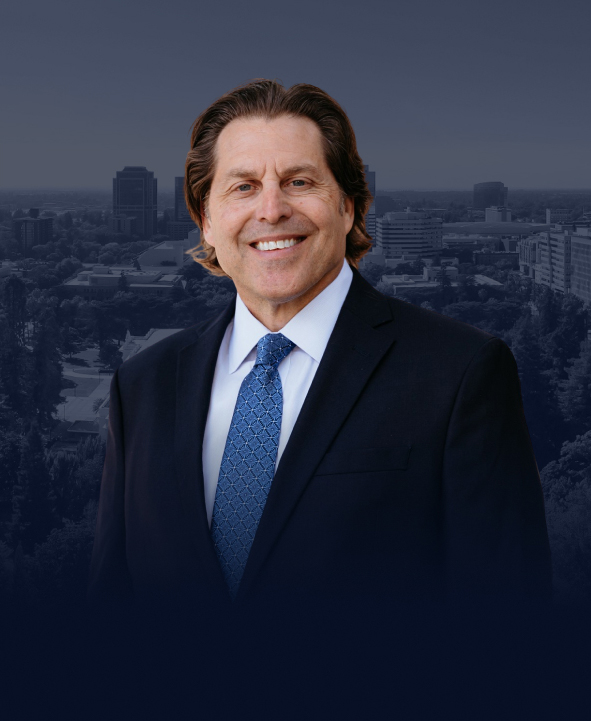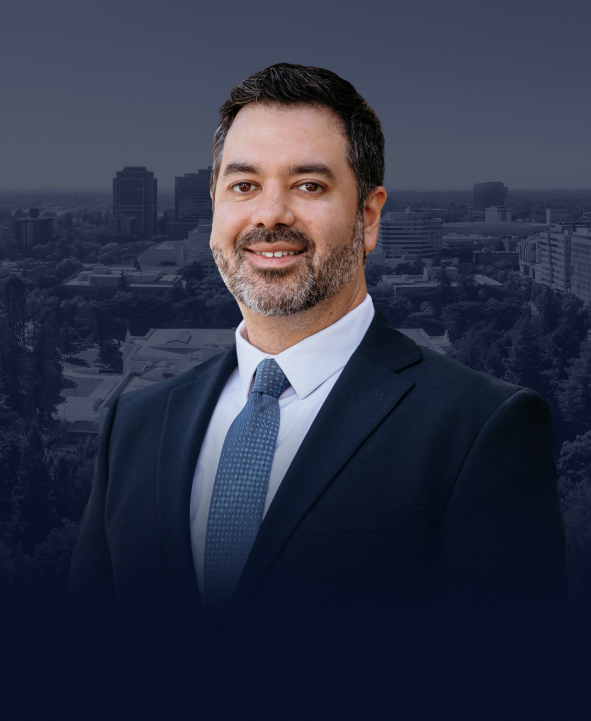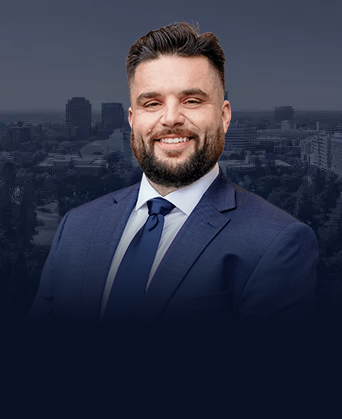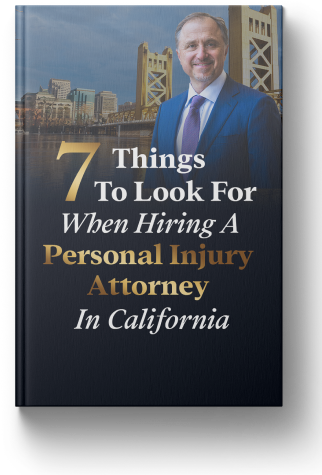Families coping with a spinal cord injury patient have several factors to consider ranging from immediate medical support to long-term care and financial planning. As Sacramento spinal cord injury lawyers, we know that these types of injuries can affect not only victims, but also the family members who provide and care for them. There are several myths and misconceptions when it comes to spinal cord injuries.
Myth 1: Cost is not much of a factor after a spinal cord injury.
This is absolutely not true. Cost is a huge factor for spinal cord injury patients. In many cases, individuals are not fully covered by medical insurance and families end up spending tens of thousands of dollars out of pocket for medical care, medications and cost of equipment. Individuals with spinal cord injuries often need wheelchairs, lift systems, ramps and bathroom equipment before continuing to recover at home. The cost of a spinal cord injury could escalate to millions of dollars during a person’s lifetime.
Myth 2: Rehabilitation for a spinal injury ends when you leave the hospital.
This is another baseless myth. When a person is admitted to in-patient rehabilitation, a team of clinicians usually evaluates him or her. Together, the person and team set goals and a plan to reach those goals. The end of in-patient therapy is by no means the end of spinal cord injury recovery. In fact, the road to recovery for spinal cord injury patients is long and arduous and for many, a complete recovery may not even be in the cards. Rehabilitation continues well beyond the hospital for spinal cord injury patients. The costs of such rehabilitation also tend to add up pretty quickly for spinal cord injury patients and their families.
Myth 3: All spinal cord injuries are the same.
Spinal cord injuries are not all the same. The spinal cord is a bundle of nerves that carries messages from the brain to other parts of the body. So, injuries to the spinal cord can prevent the brain from communicating with the rest of the body, often causing partial or complete paralysis. The two types of spinal cord injuries are:
- Complete, which means total paralysis below the site of the injury and inability to make voluntary movements.
- Incomplete, which means, patients may have control over some affected body parts, or sensation, even in parts of the body they cannot willfully move.
Each spinal cord injury is different and each patient’s needs are unique.
Myth 4: The spine must be completely severed for loss of motor function to occur.
This is another misconception. The unfortunate reality is that a person could lose motor function and sensation even when the spinal cord is not completely severed. Loss of motor function and sensation can absolutely occur in cases where the spinal cord is stretched, bruised or crushed.
Myth 5: You don’t need an attorney to represent you in your spinal cord injury case.
A spinal cord injury case often involves some type of negligence or wrongdoing considering that the most common causes of spinal cord injuries are auto accidents, falls and acts of violence. If your injury was caused by another person or entity, you may be entitled to receive monetary support for your significant losses.
Contact an Experienced Sacramento Personal Injury Attorney
Without an experienced Sacramento spine injury attorney on your side, you may not be able to receive the compensation you rightfully deserve. If you have suffered a spinal cord injury, call the Demas Law Group P.C., at (916) 444-0100 for a free, comprehensive and confidential consultation.

